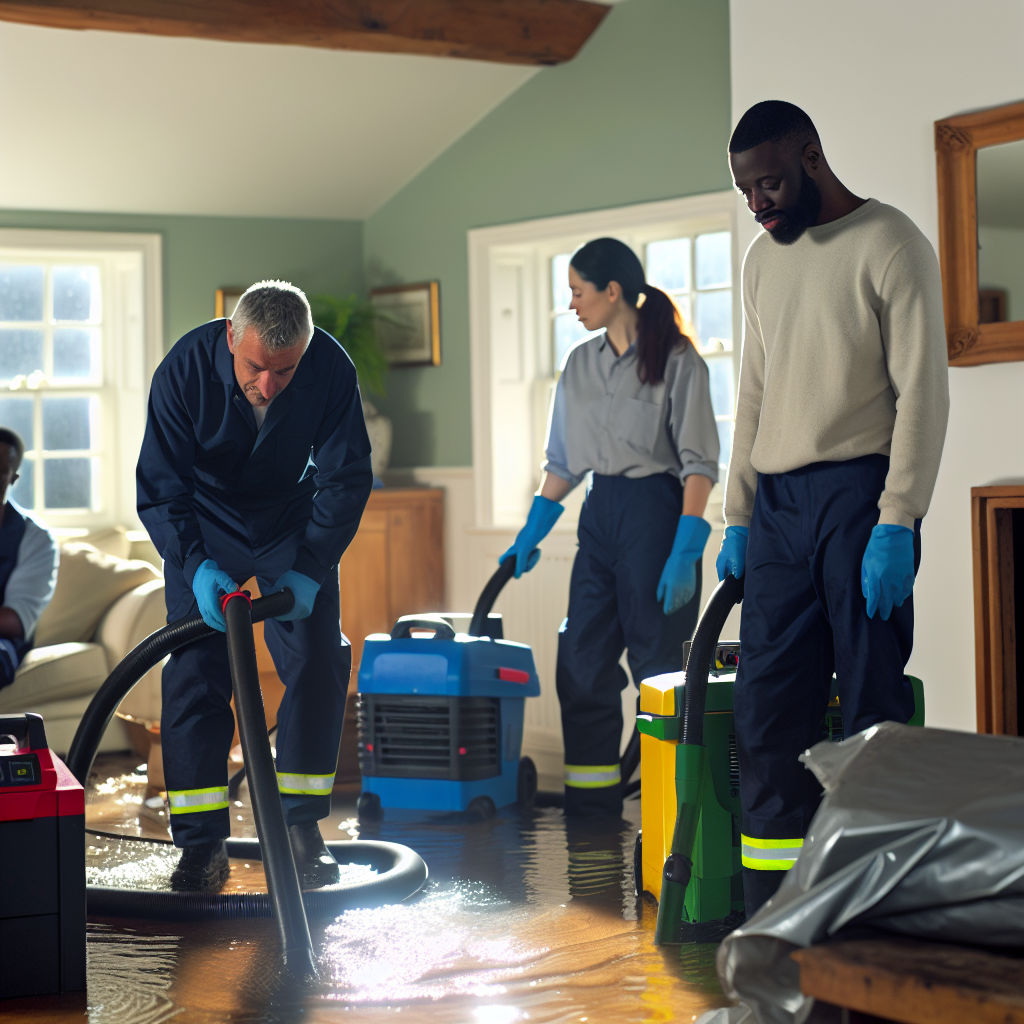Table of Contents
- Understanding Flood Damage
- Assessing Flood Damage
- The Cleanup Process: Immediately Post-Flood
- Restoration Efforts: Returning your Property to its Former State
- Navigating Insurance Claims
- Preventive Measures: Reducing the Risk of Future Flood Damage
- Frequently Asked Questions
Understanding Flood Damage
Often caused by severe weather, flooding is a serious issue in the United Kingdom, with an average of 1 in 6 properties at risk [1]. Natural disasters such as floods are daunting events, with the aftermath often leaving devastating material and financial losses. This piece aims to guide property owners through the complexities of flood damage cleanup, restoration, and preventive measures, providing them with the necessary resources and knowledge to understand and manage post-flood situations effectively.
Assessing Flood Damage
The impact of flooding on structures can manifest in various forms, from superficial clear water damages to severe structural instability. Prompt and careful assessment is crucial to identify the extent of flood damage and plan restoration efforts.
- Timeline: Understanding when it is safe to return and assess
- Dangerous Elements: Identifying hazardous elements like contamination, mould growth, and structural instability
- Calling in Professionals: The importance of expert evaluation and the use of high-tech tools like thermal imaging and moisture meters
…
The Cleanup Process: Immediately Post-Flood
…
Restoration Efforts: Returning your Property to its Former State
…
Navigating Insurance Claims
…
Preventive Measures: Reducing the Risk of Future Flood Damage
…
Frequently Asked Questions
What are the immediate steps after a flood?
…
References
[1] Environment Agency. (2019). “Flood risk management plan (FRMP): 2021 to 2027”. Environment Agency. Link
…




